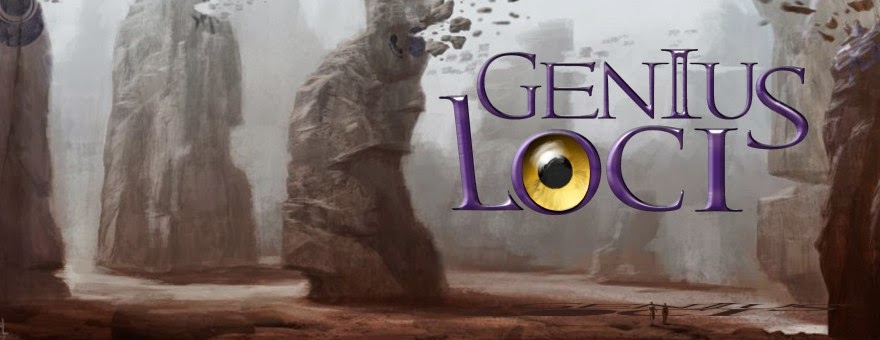And travelling such a weird place is tricky: all who leave the Area are left with an urge. The compulsion is never the same, rarely dangerous, but often inconvenient, and irresistible.
"After we had reached the gathering, we had barely explained ourselves when we collectively broke away and drew several perfect circles on the mountainside. It became weirder still when the resident stone giant came by, nodded, and hurried off."
— Ashgarnor, emmissary
 The Area can be travelled in corporeal or mental state, or by "half-travel". Each has its ups and downs; only corporeal travel allows to transport items and be almost immune to the whispered urges, but doesn't allow changing the environment. Mental travel grants great control over the environment, and protects against injury, but there's a danger of mistaking the dreamlike world of the Area for reality. Half-travel means one can be touched, but influence and carry very little.
The Area can be travelled in corporeal or mental state, or by "half-travel". Each has its ups and downs; only corporeal travel allows to transport items and be almost immune to the whispered urges, but doesn't allow changing the environment. Mental travel grants great control over the environment, and protects against injury, but there's a danger of mistaking the dreamlike world of the Area for reality. Half-travel means one can be touched, but influence and carry very little.Some places have a counterpart in the Area and serve as landmarks; most do not appear in the Area, while yet others are indigenous.
"I bought red floatdust for an insane price after leaving the Area. I thought I was ruined; the next day, one of Glazier's aides happily bought the whole stash. Shortly thereafter, glass armour was introduced, of which I was sent several pieces. I wonder..."Artists' notes
— Atchilemarek of the Roaring Tam, Brighthold merchant
The Area is not just there for decoration, it has its uses, ranging from strange to creepy. It's quite something if a place has a mirror image in the Area - many things are represented, but not exactly as they're in the Here. Since teleportation is so damn difficult, many who had to be somewhere yesterday use these routes.

